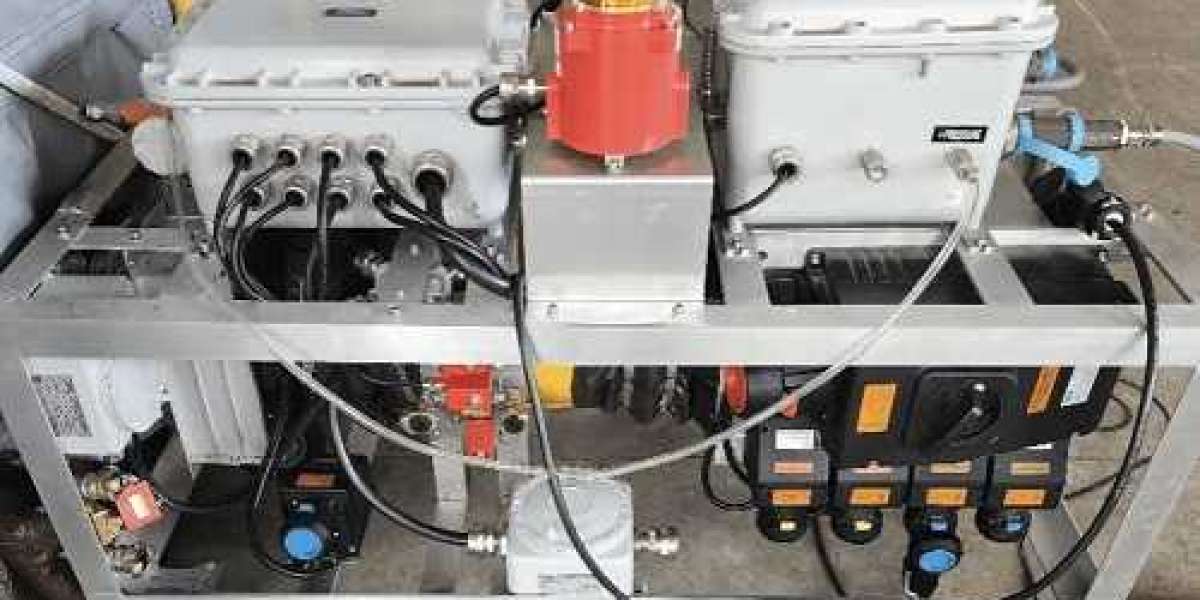Pressurized habitats represent a cornerstone of operations where standard atmospheric conditions cannot be maintained. These habitats are crucial across various sectors, including oil and gas, underwater construction, space exploration, and more, providing safe, livable spaces in otherwise inhospitable settings. Sustainable pressurized environments like IECEx-certified habitats reduce environmental impact, enhance safety, and improve economic efficiency. However, establishing such habitats requires carefully considering various factors to ensure longevity and effectiveness.
Design and Material Considerations
The initial phase in establishing a sustainable pressurized habitat involves meticulous design and material selection. The materials used must withstand external pressures and corrosive environments and support sustainability. This step includes using recyclable materials or those with a low environmental impact. Additionally, the design should incorporate energy-efficient systems such as solar panels or energy recovery ventilators, which reduce the habitat’s carbon footprint while maintaining life support systems.
Safety and Certification
Safety is paramount in pressurized habitats due to the high-risk environments in which they are deployed. Certification such as an ATEX-certified habitat ensures that the equipment used within these structures meets rigorous safety standards for explosive atmospheres, which is a common concern in industries like oil and gas and mining. These certifications help manage the risks associated with flammable gasses, mists, or vapors that could occur inside the habitat.
Environmental Isolation and Life Support
One of the primary objectives of pressurized habitats is to create a self-contained environment that shields occupants from external hazards. This purpose necessitates robust systems for air supply, waste management, temperature regulation, and radiation protection. Intelligent design and redundancy are essential to maintain a habitable atmosphere and mitigate the risk of system failures.
Energy Efficiency and Management
Effective energy management plays a pivotal role in sustainable habitats. Incorporating renewable energy sources such as wind or solar power diminishes reliance on non-renewable alternatives, which is a necessity, particularly in remote or challenging environments. Innovative battery storage systems can also play a role, ensuring energy is saved and dispensed efficiently. This not only aids in minimizing environmental impact but also ensures that the habitat can remain operational during periods of low natural energy availability.
Waste Management Systems
Effective waste management systems are integral to sustainable pressurized habitats. These systems not only prevent the contamination of the external environment but also recycle waste into usable materials and energy within the habitat. Advanced filtration and composting systems can turn organic waste into soil for growing food. In contrast, water recycling systems purify and reuse water, vital in closed environments like space stations or underwater labs.
Technological Innovations
Leveraging technology can significantly enhance the sustainability of pressurized habitats. Robotics and automated systems reduce the need for human exposure to dangerous environments and can be used to repair and maintain the habitat externally. AI-driven environmental monitoring systems can optimize energy use and maintain life support systems, reducing waste and increasing the efficiency of the habitat’s operations.
Human Factors and Ergonomics
Considering human factors and ergonomics is essential in the design of sustainable pressurized habitats. Comfortable living conditions improve morale and productivity, which is crucial in high-stress environments. This includes ergonomic furniture, adequate space for movement, and facilities designed to reduce the psychological strain of living in isolated and confined environments.
Structural Integrity and Safety
Pressurized habitats must withstand extreme conditions, such as high pressures, temperature fluctuations, and potential impacts. The structural design should prioritize durability, employing materials and construction techniques tailored to the specific environment.
● For underwater habitats, corrosion-resistant alloys and specialized coatings are crucial.
● In space, radiation shielding and impact resistance are paramount.
● Safe locations like IECEx-certified habitats ensure compliance with hazardous area regulations in industrial settings.
Research and Testing
Before deployment, pressurized habitats must undergo rigorous testing and simulations to validate their performance under various scenarios. These tests should replicate the anticipated environmental conditions, identify potential vulnerabilities, and refine the design accordingly. Collaborative research efforts and knowledge sharing among experts can accelerate the development of more robust and efficient habitats.
International Collaboration and Standardization
The complexity of pressurized habitat projects often necessitates international collaboration and adherence to established standards. Coordinating efforts among nations, space agencies, and organizations can pool resources, expertise, and best practices. Furthermore, standardization ensures interoperability, facilitates knowledge transfer, and streamlines regulatory compliance.
Conclusion
As industries such as aerospace, deep-sea exploration, and others advance the frontiers of human exploration in extreme conditions, the habitats facilitating these missions must prioritize safety, efficiency, and sustainability. Embracing innovative designs and technologies will be key in developing habitats that meet these criteria, supporting human activities in extreme environments while preserving our planet and its resources.








